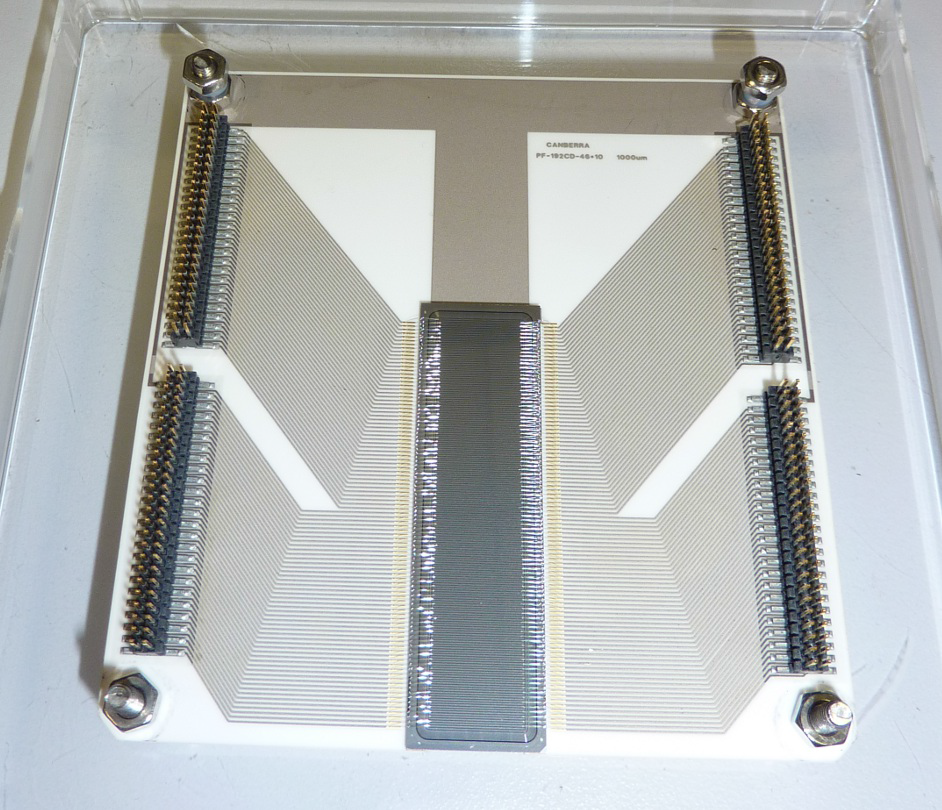Fundamental Symmetries
The Standard Model summarizes our knowledge of the fundamental particles and their interactions. Currently we believe there are four forces in nature, gravity, electromagnetism and the strong and weak nuclear forces. Much of my research uses the fact that the weak interaction violates a symmetry of nature called parity and the electromagnetic interaction does not. Because of this it is possible to isolate the effects of weak interaction to measure nuclear and nucleon properties. One way to do this is to use a polarized electron beam that is accelerated to close to the speed of light, then use that to probe the structure of the nucleus. Jefferson Lab (top right) provides the highest "parity quality" beam in the world. For example, PREX and CREX will measure the neutron skin of heavy nuclei, which will tell us about the structure of neutron stars!
One of the most exciting aspects of my research is the search for Physics Beyond the Standard Model. We know that the theory is not complete because it does not explain the amount of dark matter and energy in the universe, among other things. One reason could be is that there is a new type of force that we have not detected. Some of my work, like the future MOLLER experiment, will measure predicted quantities ultra-precisely. If we measure a difference from the predicted value, that means that we have discovered a new type of interaction. Another experiment that is testing fundamental symmetries is the TUCAN experiment at TRIUMF (bottom right). This experiment will search for simultaneous violation of charge and parity symmetries using ultracold neutrons. The results of this experiment could help explain why there is more matter than anti-matter in the universe.



